Born on April 14, 1891, in Volhynia (Russian Poland), it was at the age of 13 that Zawado discovered contemporary French painting at the home of a friend of his father. This made a great impression on him that gave birth to his vocation as a painter. In 1909 he went to Krakow and began his painting studies at the prestigious Academy of Fine Arts in the studio of Jozef Pankiewicz, the representative of Impressionism in Poland. He then left for Paris in 1912.
The capital was then a major meeting place for European artists. He became friends with Chagall, Delaunay, Léger, Modigliani and Bonnard, who would mark the history of 20th-century art and influence his work. Artistic activity between Madrid, Paris and Aix-en-Provence During the First World War, the Polish painter with an Austrian passport was forced to leave France for Spain and settled in Madrid, which had become an artistic center for refugees. There he met Diaghilev and Stravinsky. Once the war was over, he returned to Paris, but it was already the light, landscapes and motifs of the South that attracted him.
In the 1920s and 1930s, he actively participated in the intellectual and artistic effervescence of the capital, and especially of the Montparnasse community and the School of Paris, of which he was a member. But the painter already made a habit of staying in Aix-en-Provence. Finally, he settled there permanently in 1945, in Orcel, where he was much visited by the intellectual society of his time. The revival and the last years in Aix Aged around fifty, Zawado achieved the most significant period of his artistic career. He represented Provençal life through sumptuous colors and his pictorial conception became purer, until it became a sort of giant tachisme where color and light were exalted.
The painter then no longer took into account any influence - although he was often given the label of "fauve". He asserted his own poetic vision of the world and reached a peak in his art that would never falter, writing in 1948: “I will show the world with new eyes, in the way that no one before me has ever seen it. […] I paint the French landscape with Polish eyes and soul.” From the 1950s, he participated in the cultural life of Aix-en-Provence where the majority of his exhibitions would now be held. The years 1975 and 1976 were marked by two major exhibitions: a retrospective was dedicated to him at the Palais de l’Art in Krakow and then at the Kosciuszko Foundation in New York the following year. (Polish Library Exhibition Paris 2018)


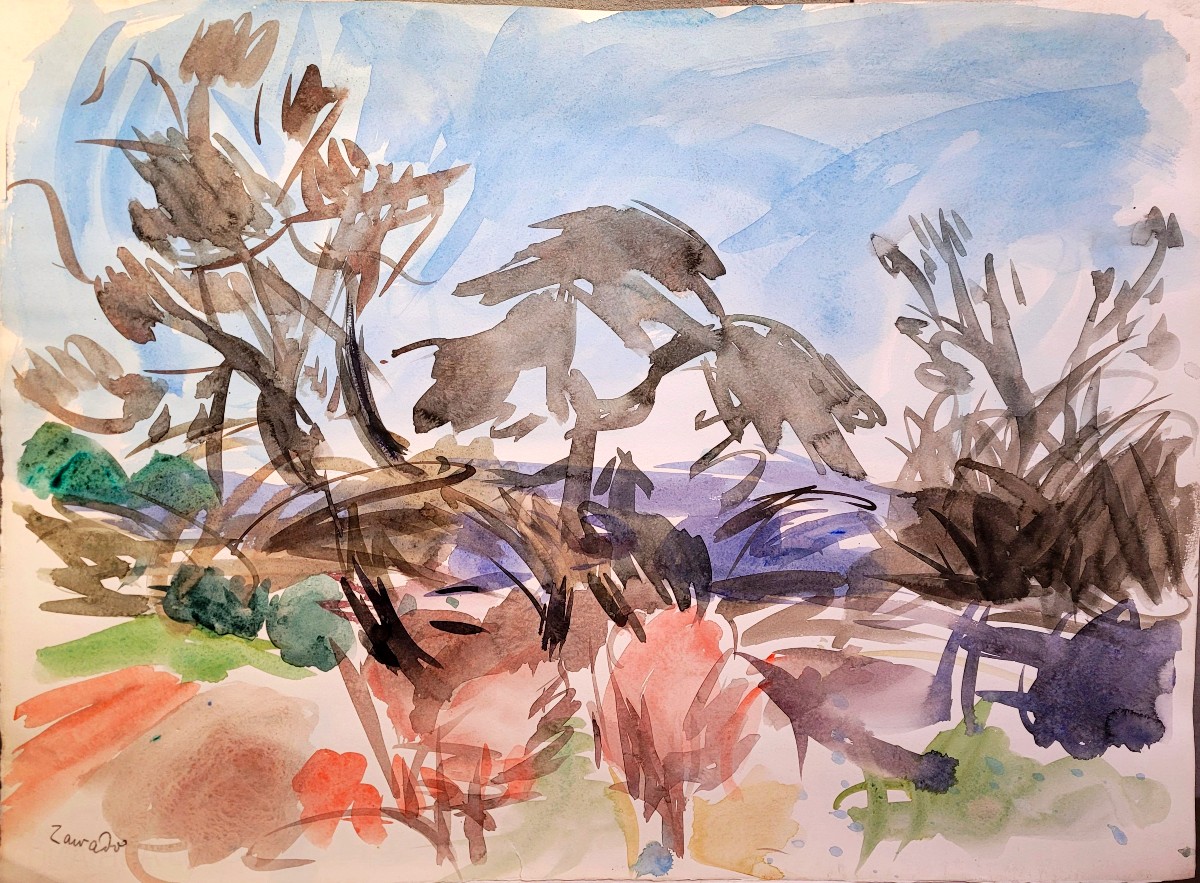
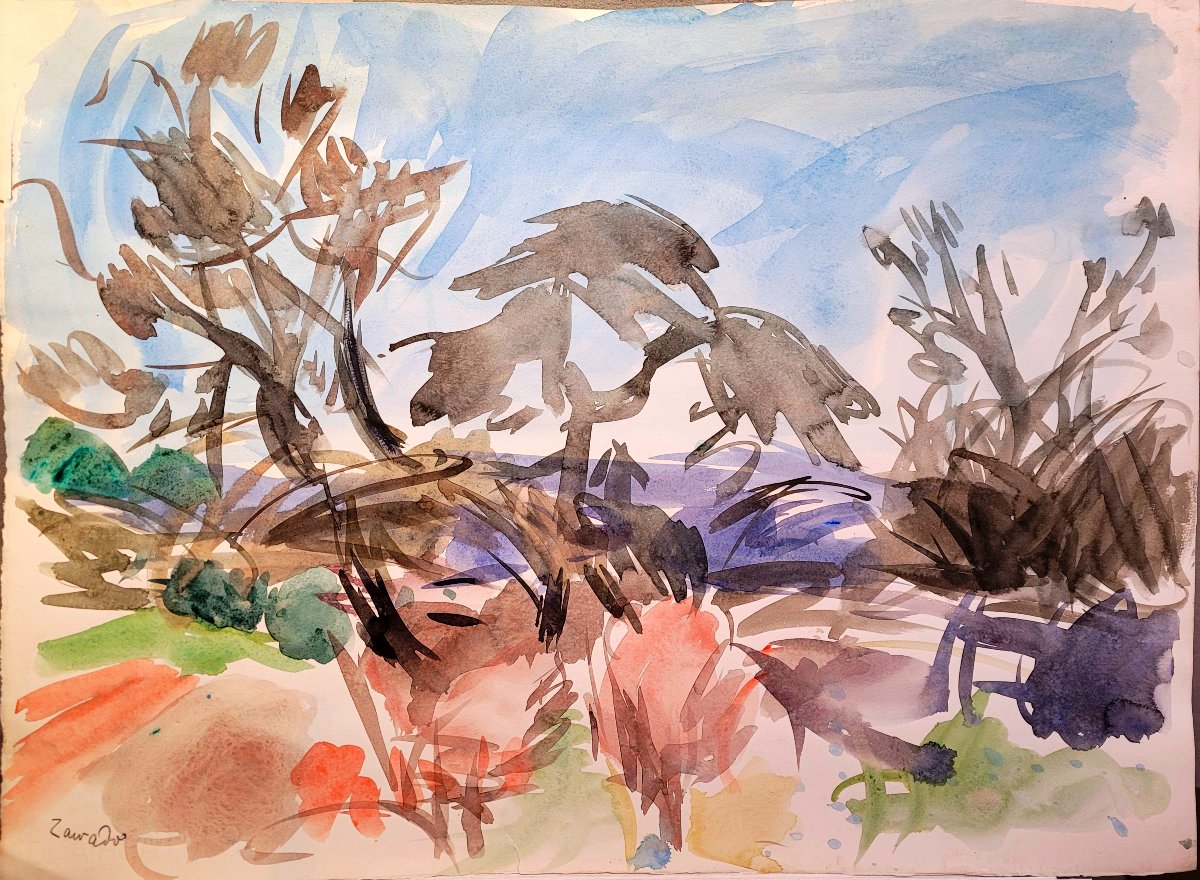







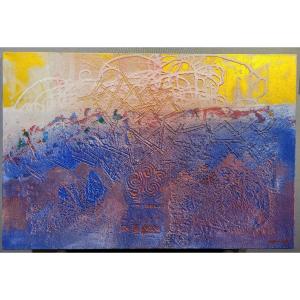

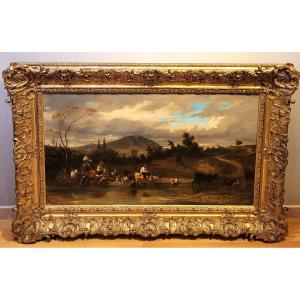

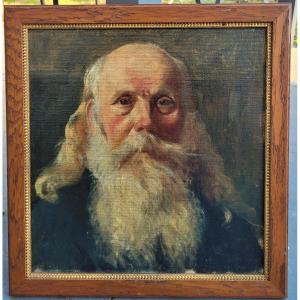
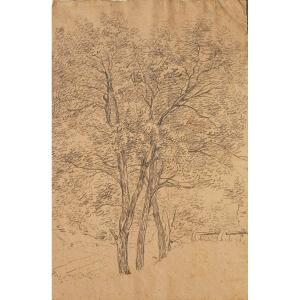




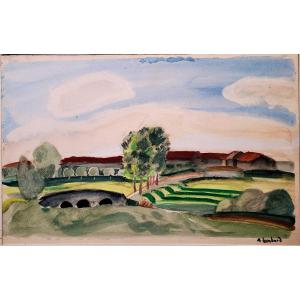

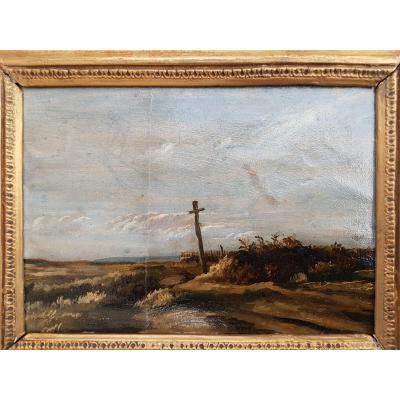
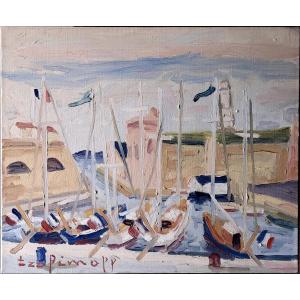
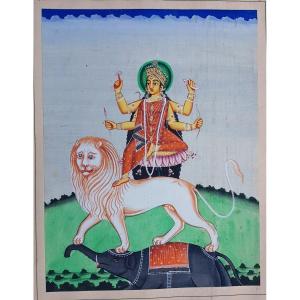
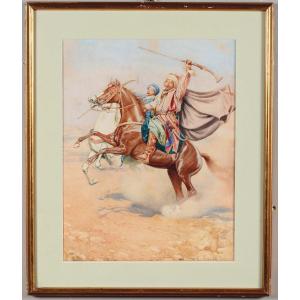
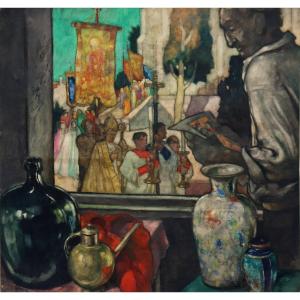
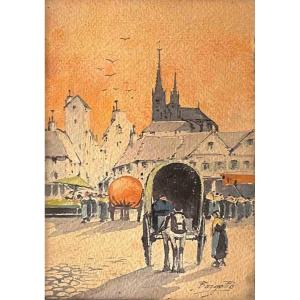





 Le Magazine de PROANTIC
Le Magazine de PROANTIC TRÉSORS Magazine
TRÉSORS Magazine Rivista Artiquariato
Rivista Artiquariato